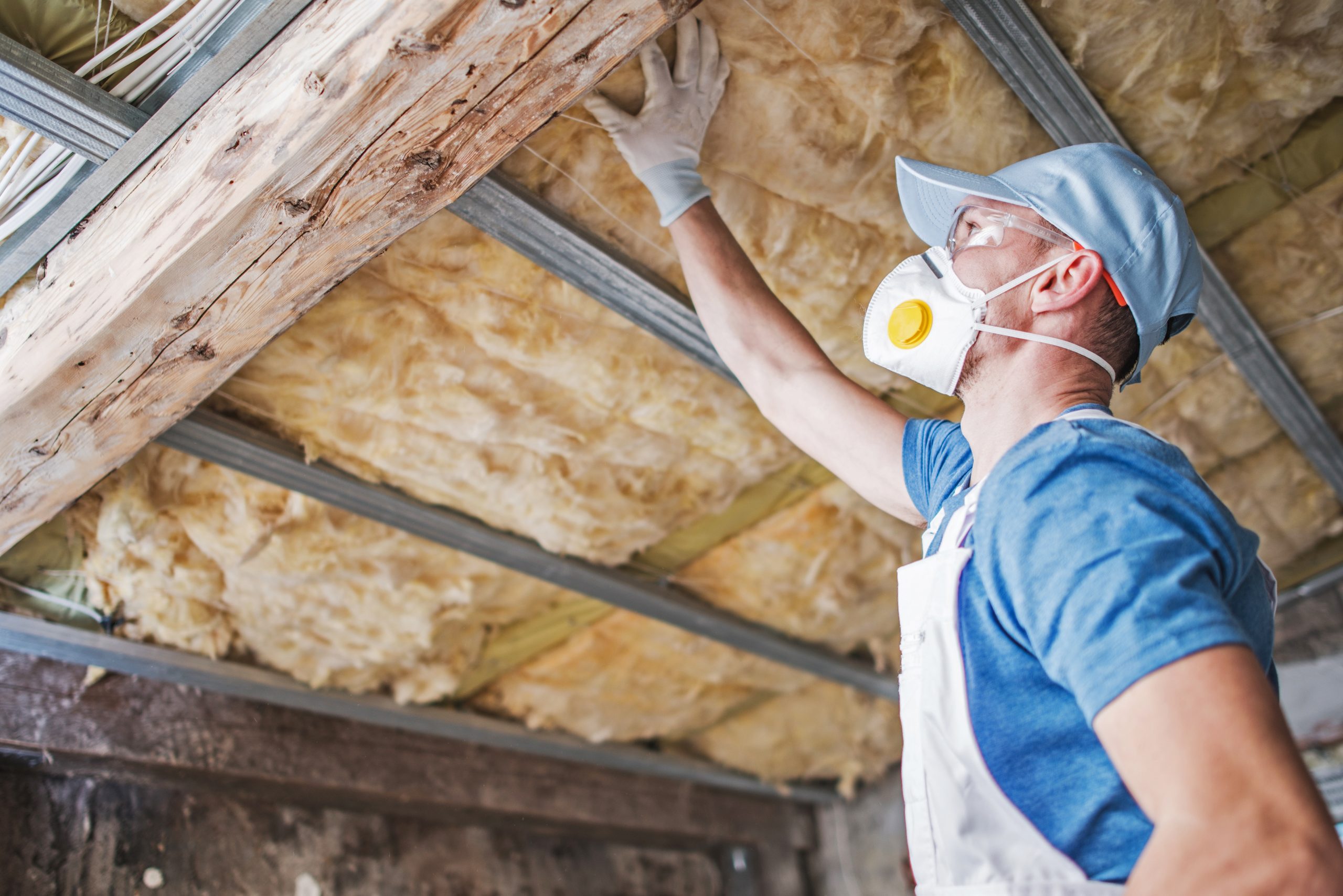
Insulation is essential to any building because it regulates temperature and maintains energy efficiency. With a hot and humid climate, choosing the right type of insulation for homes and buildings in Texas is critical. This article will discuss the various insulation materials and their applications in the Texas climate.
For a good reason, fiberglass insulation is one of the most widely used types of insulation. It is inexpensive, simple to install, and has a high thermal resistance. Fiberglass insulation is created by melting and spinning sand and recycled glass into fibers. The fibers are then bonded together to form a mat that can be cut to fit into walls, attics, and other spaces.
Fiberglass insulation is perfect for walls, attics, and crawl spaces. It is also widely used in the building of new homes and buildings.
Cellulose Insulation
Cellulose insulation is created using recycled paper products such as newsprint and cardboard. The material is treated with fire retardants to enhance its fire resistance before being blown into attics, walls, and others.
Cellulose insulation is best suited for attics and walls and is frequently used in retrofits and renovations. Because of its high density, the insulation is ideal for soundproofing, making it an excellent choice for homes and buildings near busy roads or noisy neighbors.
Spray Foam Insulation
Spray foam insulation is sprayed directly into walls, attics, and other areas. The material is a polyurethane and isocyanate mixture that expands as applied, filling any gaps or cracks in the structure.
Spray foam insulation is best suited for new construction and retrofitting. Because of its ability to expand and fill gaps, the material is ideal for sealing air leaks and increasing energy efficiency. It is also commonly used to construct walls, attics, and crawl spaces.
Rock Wool Insulation
Natural minerals such as basalt and dolomite are melted and spun into fibers to create rock wool insulation. The fibers are then bonded together to form a mat that can be cut to fit into walls, attics, and other spaces.
Rock wool insulation is commonly used in new construction and retrofits and is ideal for walls, attics, and crawl spaces. Because of its high density, it is excellent for soundproofing, making it an excellent choice for homes and buildings near busy roads or noisy neighbors.
Reflective Insulation
Reflective insulation is composed of a layer of foil or metal that reflects radiant heat. In attics, the material is typically installed on the underside of the roof decking to prevent heat transfer. Reflective insulation is frequently combined with other types of insulation, such as fiberglass or cellulose, to increase energy efficiency.
Reflective insulation is best suited for attics and is frequently used in energy-efficiency retrofits and renovations. The material is also used in commercial and industrial buildings, where the large roof areas make it an effective energy-saving solution.
Rigid Foam Insulation
Rigid foam insulation is created by cutting a solid foam material, such as polystyrene or polyurethane, to size and fit it into walls, attics, and other areas. The material has a high thermal resistance and is frequently used in conjunction with other types of insulation to increase energy efficiency.
Rigid foam insulation is commonly used in new construction and retrofits and is ideal for walls, attics, and crawl spaces. It is also widely used in commercial and industrial buildings, where its high density and thermal resistance make it an effective energy-saving solution.
Blown-in Insulation
Blown-in insulation is made of loose fibers such as fiberglass, cellulose, or rock wool blown into walls, attics, and other areas with the help of a specialized machine. This insulation is ideal for filling difficult-to-reach areas and adding insulation to existing structures.
Blown-in insulation is best suited for attics and walls and is frequently used in retrofits and renovations. Because of its ability to fill difficult-to-reach areas, it is an effective solution for increasing energy efficiency and reducing air leaks.
Numerous insulation materials are available, each with its own set of applications and advantages. When selecting insulation for your Texas home or building, keep the climate, energy efficiency goals, and budget in mind. Fiberglass, cellulose, spray foam, rock wool, reflective, rigid foam, and blown-in insulation are all options in the Texas climate that can provide excellent thermal resistance and energy efficiency. Consult a professional insulation contractor to determine the best type of insulation for your specific needs.






